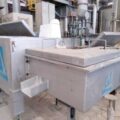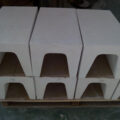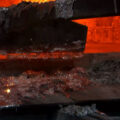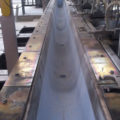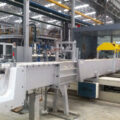Ceramic launder system is an important step in aluminum casting. The transfer method of molten aluminum in the production of aluminum alloy smelting is also a factor affecting the melt quality.
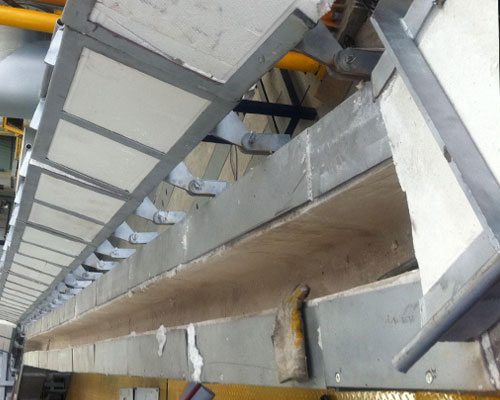
Under industrial production conditions, the following test results have been obtained:
(1) Transfer the ladle into the injection. Firstly, the molten aluminum alloy melted in the flame furnace is poured into the ladle, then into the receiving funnel of the resistance reverberatory furnace, and then into the molten pool. The increase rate of alumina content before and after determination is 52%.
(2) Chute transmission. The melt is extracted from the drainpipe of the resistance reverberatory furnace and then injected into the bath of the static furnace through a guide vertical tube. The increase rate of alumina content is 8.7% before and after transfer.
When using inclined crucible to transport aluminum water, in order to avoid aluminum mixing, the ladle should be placed as close as possible to make the aluminum water incline downward along the side wall of the ladle, so as not to directly impact the bottom of the aluminum bucket. The ladle can cause agitation and splash. The chute injection method is better because it produces less impurities. Adtech provides a high performance washing system for molten aluminum transfer.
The key of ceramic launder system to transport molten aluminum, can minimize mixing and minimize the contact between molten aluminum and air. Although the density of solid alumina is similar to that of molten aluminum, it takes a long time to reach the bottom of the crucible after entering the molten aluminum.
However, the oxide film formed after the oxidation of aluminum water only has a large number of fine-diameter pores in close contact with aluminum water. The adsorption tends to float upward due to its large surface area. Therefore, the specific gravity difference between the oxide film and aluminum water is small. When it is mixed into the melt, the speed of floating and sinking is very slow, and it is difficult to remove from the aluminum water, thus forming holes and inclusions in the casting.



